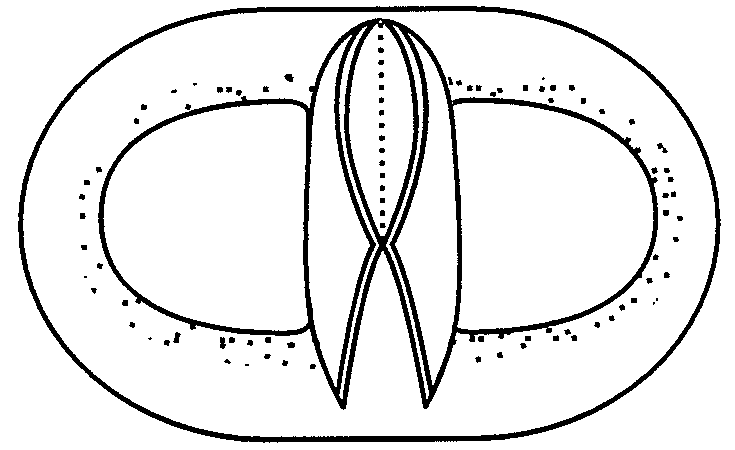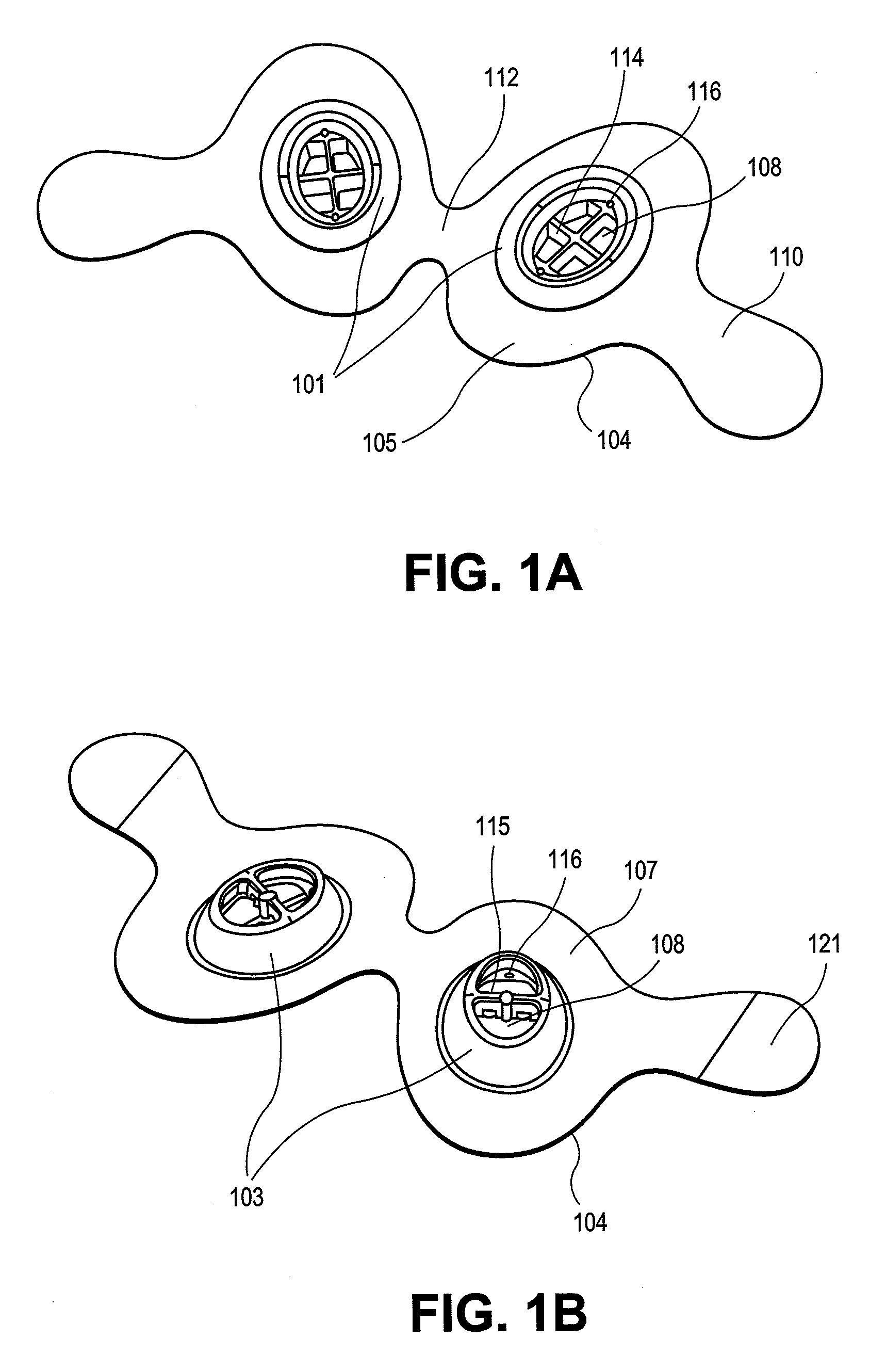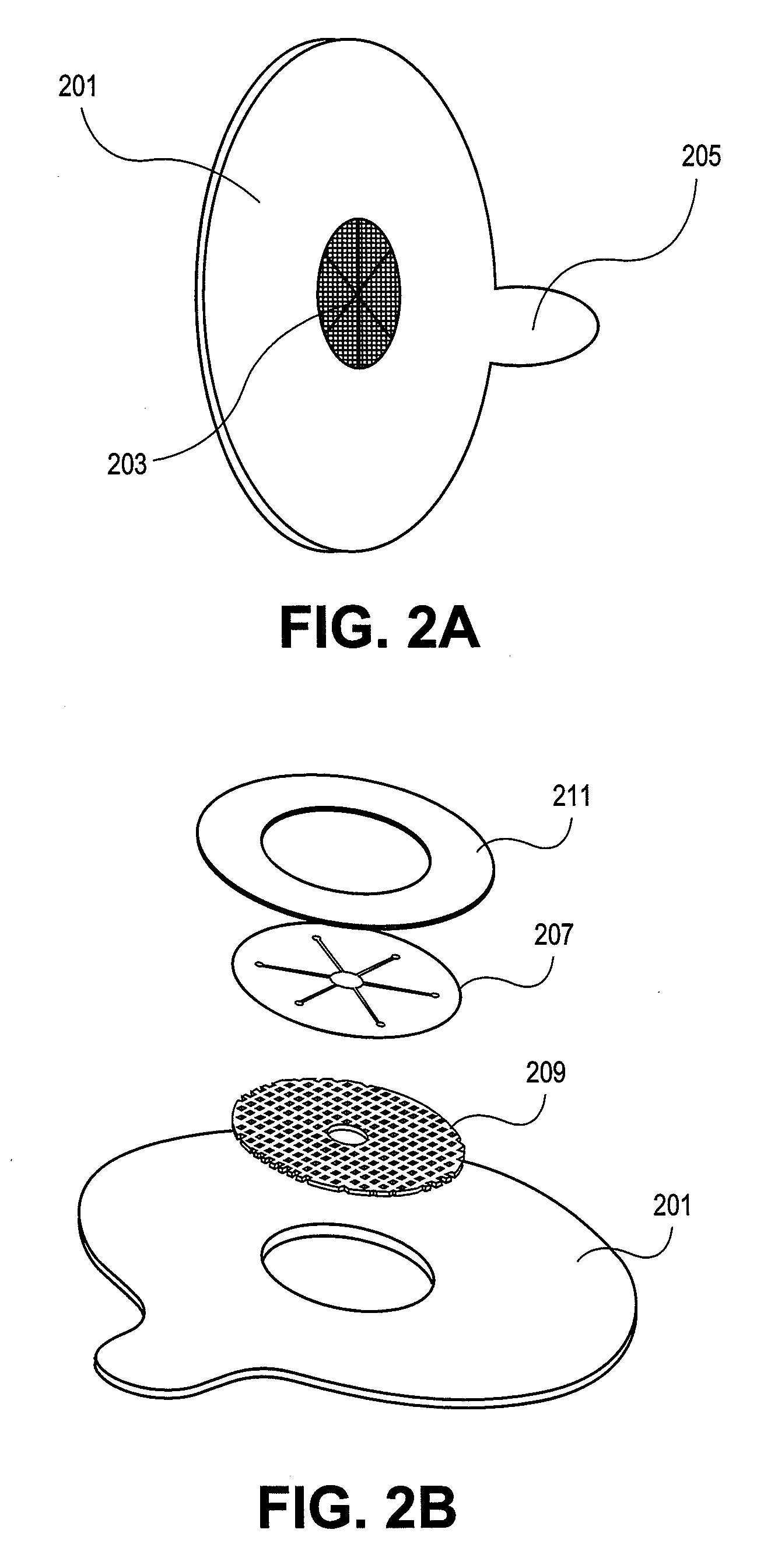Delayed resistance nasal devices and methods of use
- Summary
- Abstract
- Description
- Claims
- Application Information
AI Technical Summary
Benefits of technology
Problems solved by technology
Method used
Image
Examples
examples
[0129]FIGS. 15A-27B illustrate additional variations of airflow resistor bypasses and nasal devices including airflow resistor bypasses. These examples represent only some of the ways of controllably (e.g., activatably) decreasing the resistance to exhalation for some delay period td, before resuming baseline activity. Other solutions (including complex mechanical, electrical, electromagnetic, and electromechanical solutions) are possible, and intended to be encompassed by this invention.
[0130]FIGS. 15A to 20B illustrate airflow resistor bypasses having one or more bypass displacers for disrupting a flap-valve airflow resistor that can be activated by a button on the bottom of the nasal device (the side facing away from the nasal passage when the device is worn by a subject). FIGS. 15A-18 and 20A-20B are airflow resistor bypasses with adhesive buttons. In these examples the adhesive properties of the adhevise acts as the delay timer.
[0131]For example, FIG. 15A shows a perspective vi...
PUM
 Login to View More
Login to View More Abstract
Description
Claims
Application Information
 Login to View More
Login to View More - R&D
- Intellectual Property
- Life Sciences
- Materials
- Tech Scout
- Unparalleled Data Quality
- Higher Quality Content
- 60% Fewer Hallucinations
Browse by: Latest US Patents, China's latest patents, Technical Efficacy Thesaurus, Application Domain, Technology Topic, Popular Technical Reports.
© 2025 PatSnap. All rights reserved.Legal|Privacy policy|Modern Slavery Act Transparency Statement|Sitemap|About US| Contact US: help@patsnap.com



